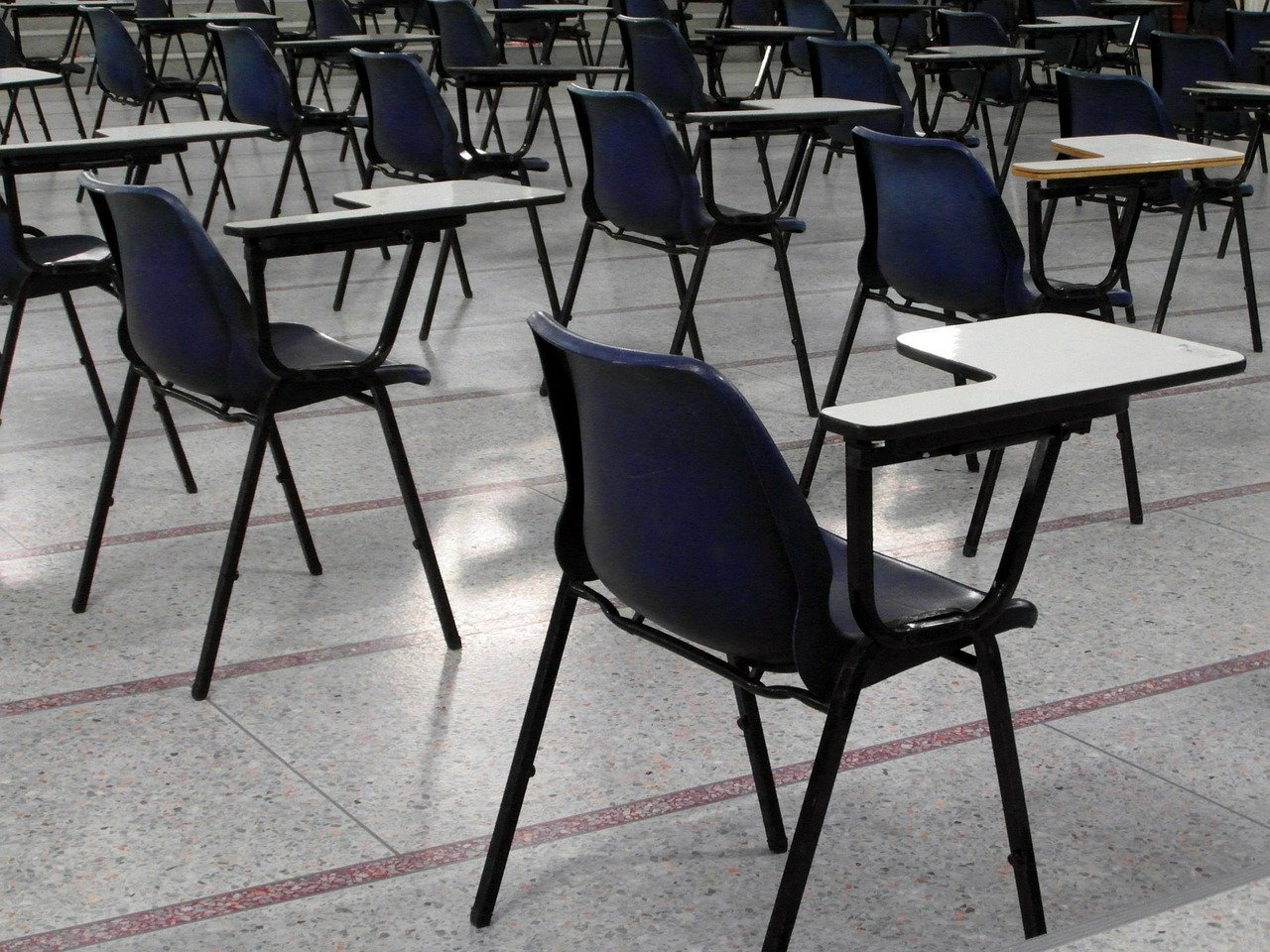
Now that we can finally see the light at the end of the tunnel and businesses start to re-occupy all of their properties, in this blog we will give some pointers for consideration for when the properties will be brought back into use.
We detailed in our early advice, you DO NOT put a property back into use without first considering the water quality, as during this period of inactivity the water systems will have stagnated, or, if systems have been drained down there may be pockets of water that remained in the system.
The Health and Safety at Work etc Act still applies and as such Duty Holders must take all reasonably practicable steps to control Legionella risk (and other waterborne pathogens). Advice given by the LCA would indicate that the HSE is unlikely to treat the COVID-19 lockdowns as any exemption to the Duty Holder being prosecuted should it be shown their actions [or lack of] caused a case/s or outbreak.
For each property / water system, a recommissioning plan should be detailed. The number of steps in this plan will vary depending on the complexity and size of the water systems and importantly on the people who will be using these systems, this includes those undertaking the recommissioning works.
In order to formulate a recommissioning plan, you should consider the following: -
- How many buildings need to be recommissioned?
- When is the building due to be reoccupied?
- From this date we need to work back on the calendar to allow enough time for each step to be completed. What are the tasks that you need to complete for the water system(s) to be recommissioned? How long does each step take to complete?
- Who is going to be carrying out each step? Can they/you prove that they have received suitably Legionella training and competent? If not, can you assist through delivery of the required training to produce this assurance?
- Do you have a partial reoccupation that will require any additional flushing / monitoring until full occupation?
Due to the length of the various lockdowns, there are additional factors that will need to be considered:-
- How many other staff / contractors will be in the building and are they able to maintain social distancing?
- What is the availability of staff to carry out the works? If you’re using sub-contractors to help with this process it is likely that there will be multiple organisations all asking for their services to help with recommissioning around the same time, so you will need to confirm what resources they have and when…
- What is the availability of equipment, chemicals and test equipment to measure the chemical levels? Both internally and externally
- What PPE is to be worn by those members of staff carrying out the works? Will there be sufficient available for them to complete the work in accordance with COSHH and the Material Safety Data Sheet?
- The requirement for microbiological samples to be taken post [2-7days] disinfection and for these to be submitted to a UKAS accredited laboratory. Will the laboratory have the capacity to receive and process these samples within the time limit for the samples to be viable?
- What if the sample results show there is still bacteria present in the water, would prevent reoccupation or could additional temporary controls be applied / installed to allow the reoccupation and keep the building users safe?
In order to manage your responsibilities, it is our recommendation that you take the opportunity NOW [if you haven’t done so already] to develop these recommissioning plans, in conjunction with other stakeholders, so that these can be rolled out and followed to allow properties to return to normal operation as quickly as possible.
The initial plan could be a spreadsheet of all the buildings listed in priority order of reoccupation, with details from the legionella risk assessment of the water systems and assets within that building i.e. 2x cold water tanks and 2x domestic hot water generators, 75 outlets with 25 TMVs. This information will help with the scheduling of the recommissioning work based on the availability of resources [staff / contractors, equipment, disinfectants and samples to be taken processed].
Finally, once the building has been recommissioned the water systems should not be allowed to stagnate again, so if not reoccupied immediately then initiate a Legionella flushing strategy of all the outlets until occupation!
Feel free to reach out if you have any questions about the issues mentioned above or if you would like to consult with one of our experts on water hygiene.
Editors Note: The information provided in this blog is correct at date of original publication - April 2020.
Image by PublicDomainPictures from Pixabay
© Water Hygiene Centre 2020








